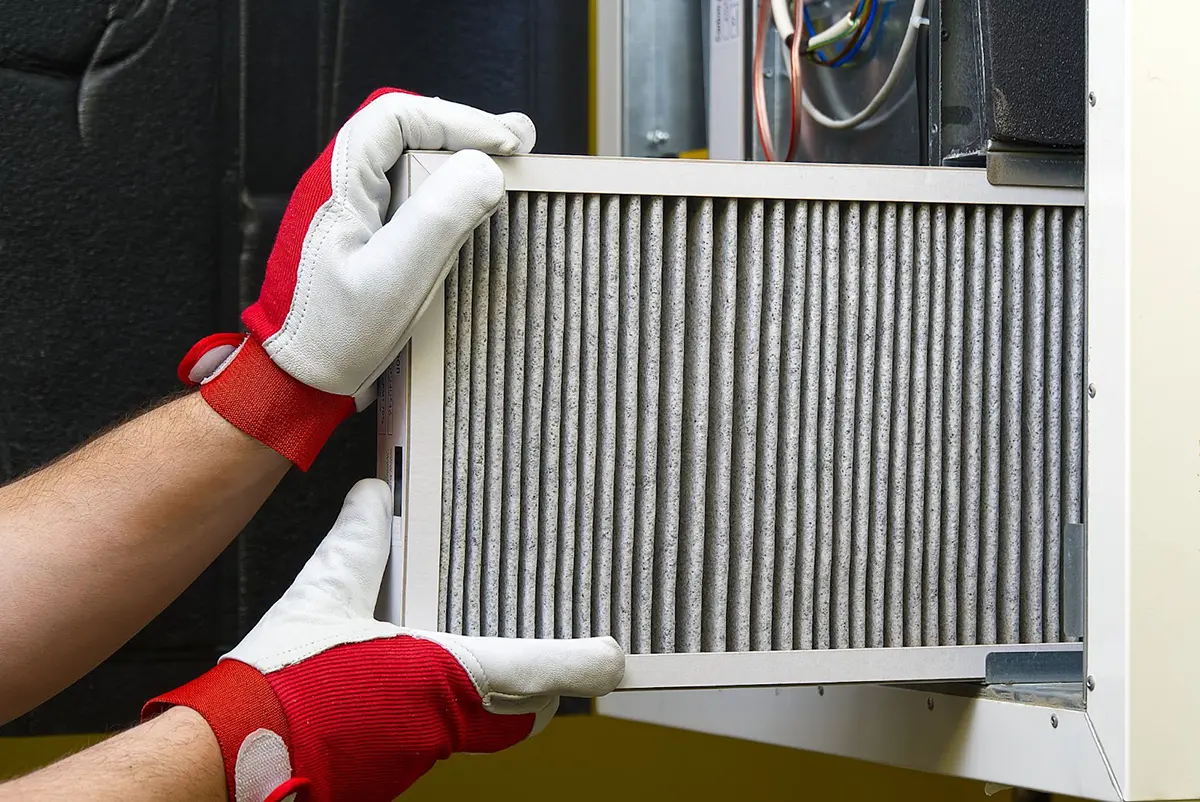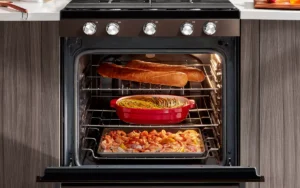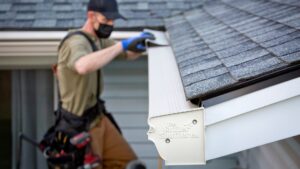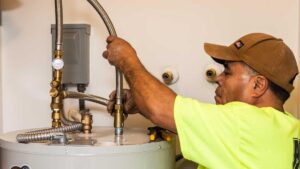Your HVAC system works tirelessly to keep your home comfortable, whether it’s cooling you down during the summer or warming you up in the winter. But to keep your HVAC system running efficiently and maintain good indoor air quality, one simple task can make all the difference—changing your HVAC filters. Not only does this help improve airflow and efficiency, but it also prolongs the lifespan of your system and keeps your home’s air cleaner. Here’s a step-by-step guide on how to change your HVAC filters and why it’s such an important task.
Why Changing Your HVAC Filter Matters
Before jumping into the how-to, let’s cover why changing your HVAC filter is essential.
- Improved Air Quality: HVAC filters trap dust, dirt, pollen, pet dander, and other airborne particles that circulate through your home. A clean filter ensures that these pollutants don’t re-enter the air you breathe, keeping your indoor air cleaner and healthier.
- Energy Efficiency: A dirty filter makes your HVAC system work harder to push air through, which reduces its efficiency and can lead to higher energy bills. Regularly changing the filter keeps the airflow unobstructed, allowing your system to run more efficiently.
- Extended System Lifespan: A clogged filter strains the entire HVAC system, leading to unnecessary wear and tear. Changing the filter regularly helps prevent breakdowns and extends the life of your unit, saving you money on repairs and replacements in the long run.
- Prevents Overheating: A clogged filter can cause the HVAC system to overheat by restricting airflow. Overheating may result in costly damage to the motor or other components of the system.
How Often Should You Change the Filter?
The frequency of filter changes depends on several factors:
- Type of filter: Basic fiberglass filters typically need to be changed every 30 days, while higher-quality pleated filters may last up to 90 days. HEPA filters can last even longer, but it’s best to check the manufacturer’s recommendations.
- Household factors: Homes with pets, smokers, or people with allergies may need to change filters more frequently, as these factors contribute to higher levels of airborne contaminants. If you live in a particularly dusty area or have ongoing home renovations, you may also need to replace the filter more often.
- System usage: During peak heating and cooling seasons, when your HVAC system is working harder, it’s a good idea to check the filter more often, typically every 1-2 months.
How to Change Your HVAC Filter
Now that you know why it’s important to change the filter and how often it should be done, let’s walk through the simple process of changing your HVAC filter.
1. Turn Off the HVAC System
Before doing any maintenance on your HVAC system, including changing the filter, it’s important to turn it off. You can do this by turning off the system at the thermostat or shutting off the power at the circuit breaker. This ensures your safety and prevents the system from pulling in unfiltered air while you’re working.
2. Locate the Filter
Your HVAC filter is typically located in one of two places:
- At the air return vent: This is usually a large grille located in a central part of your home. You’ll often find it in hallways or on the ceiling of larger rooms. Open the grille to access the filter.
- In the HVAC unit: Some filters are located in the HVAC unit itself. For central air systems, the filter might be housed in the air handler or furnace compartment. You’ll usually find it behind a small access panel, which can be opened by sliding or unscrewing it.
Check your system’s user manual if you’re unsure of the filter’s location.
3. Remove the Old Filter
Once you’ve located the filter, carefully slide it out of its housing. Take a look at the filter for any signs of dust, dirt, or discoloration. If the filter looks clogged or dirty, it’s definitely time for a replacement. If it looks relatively clean, check the manufacturer’s recommended replacement schedule to determine if it needs to be changed yet.
4. Check the Filter Size
Before buying a new filter, make sure you know the correct size for your HVAC system. The size should be printed on the frame of the old filter, with measurements like “16x25x1” (width x height x thickness). If you can’t find the size, consult your system’s manual.
5. Insert the New Filter
With the correct-sized filter in hand, check for the arrows on the side of the filter frame. These arrows indicate the airflow direction and should point toward the blower or furnace. Insert the filter into its housing, making sure it’s seated properly. If the filter fits loosely or is crooked, it may not function effectively, so ensure it’s snug in place.
6. Turn the System Back On
Once the new filter is in place, close the air return grille or the HVAC unit’s access panel. Then, turn your HVAC system back on either at the thermostat or the circuit breaker. Your system is now ready to run with clean, efficient airflow.
Additional Tips for Maintaining Your HVAC System
- Set a Reminder: Life gets busy, and it’s easy to forget when it’s time to change the filter. Set a reminder on your phone or mark your calendar for the next filter change. Some smart thermostats can even alert you when it’s time to change the filter.
- Stock Up on Filters: Keep a few extra filters on hand so you’re always prepared for the next replacement. You can buy filters in multi-packs, which often saves money and ensures you’re ready when the time comes.
- Clean Around the Unit: In addition to changing the filter, regularly clean around your HVAC unit and air vents. Dust, dirt, and debris can accumulate, affecting airflow and reducing system efficiency.
- Schedule Regular Maintenance: While changing your HVAC filter is a simple task you can handle on your own, it’s a good idea to have a professional HVAC technician inspect and service your system at least once a year. They can check for any potential issues, clean internal components, and ensure your system is running efficiently.
Final Thoughts: Small Task, Big Impact
Changing your HVAC filter is one of the easiest and most important things you can do to maintain your heating and cooling system. It improves air quality, increases energy efficiency, and prolongs the life of your HVAC unit. Best of all, it only takes a few minutes but can have a huge impact on your home’s comfort and your system’s performance. So don’t wait—mark your calendar and make changing your HVAC filter a regular part of your home maintenance routine!









